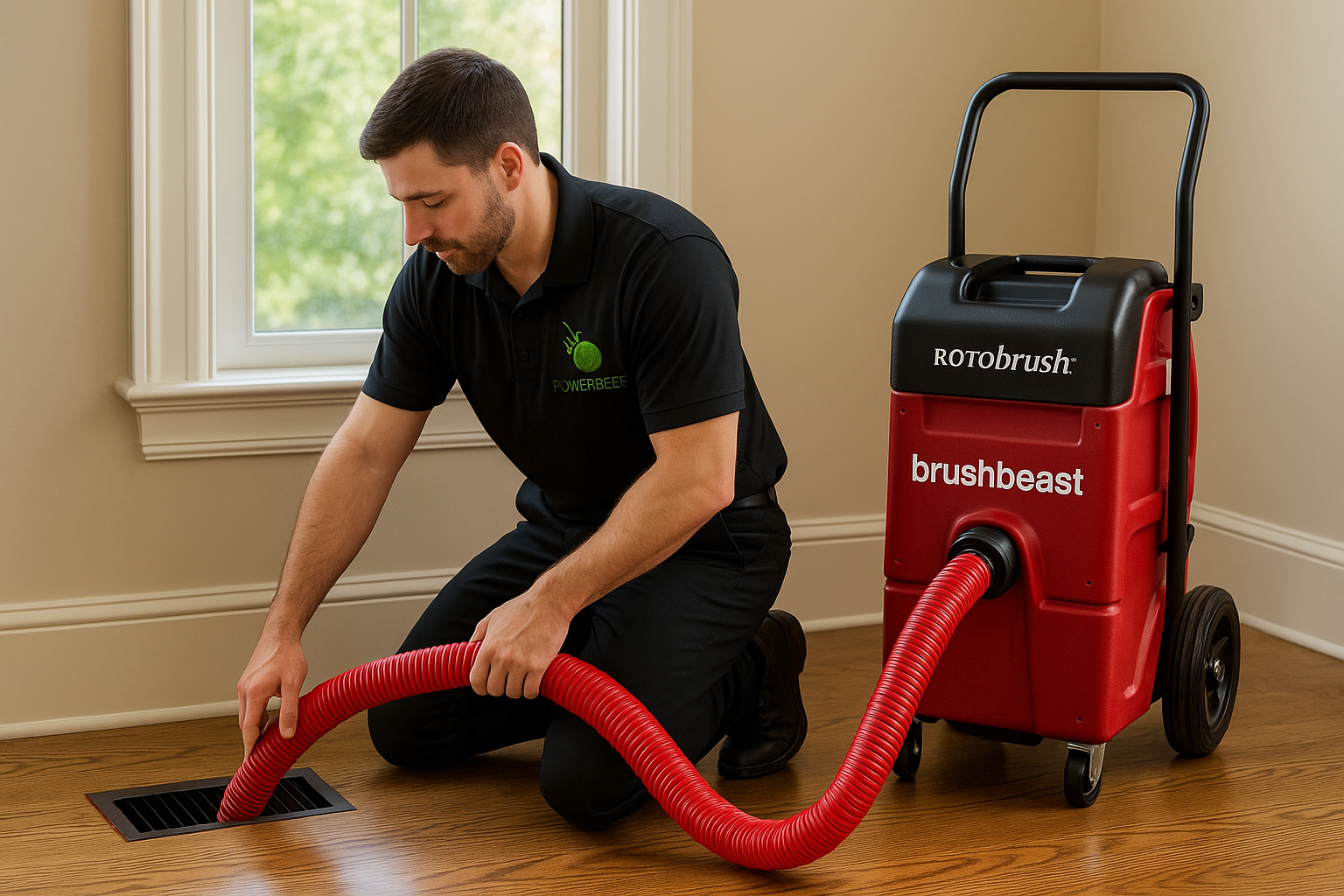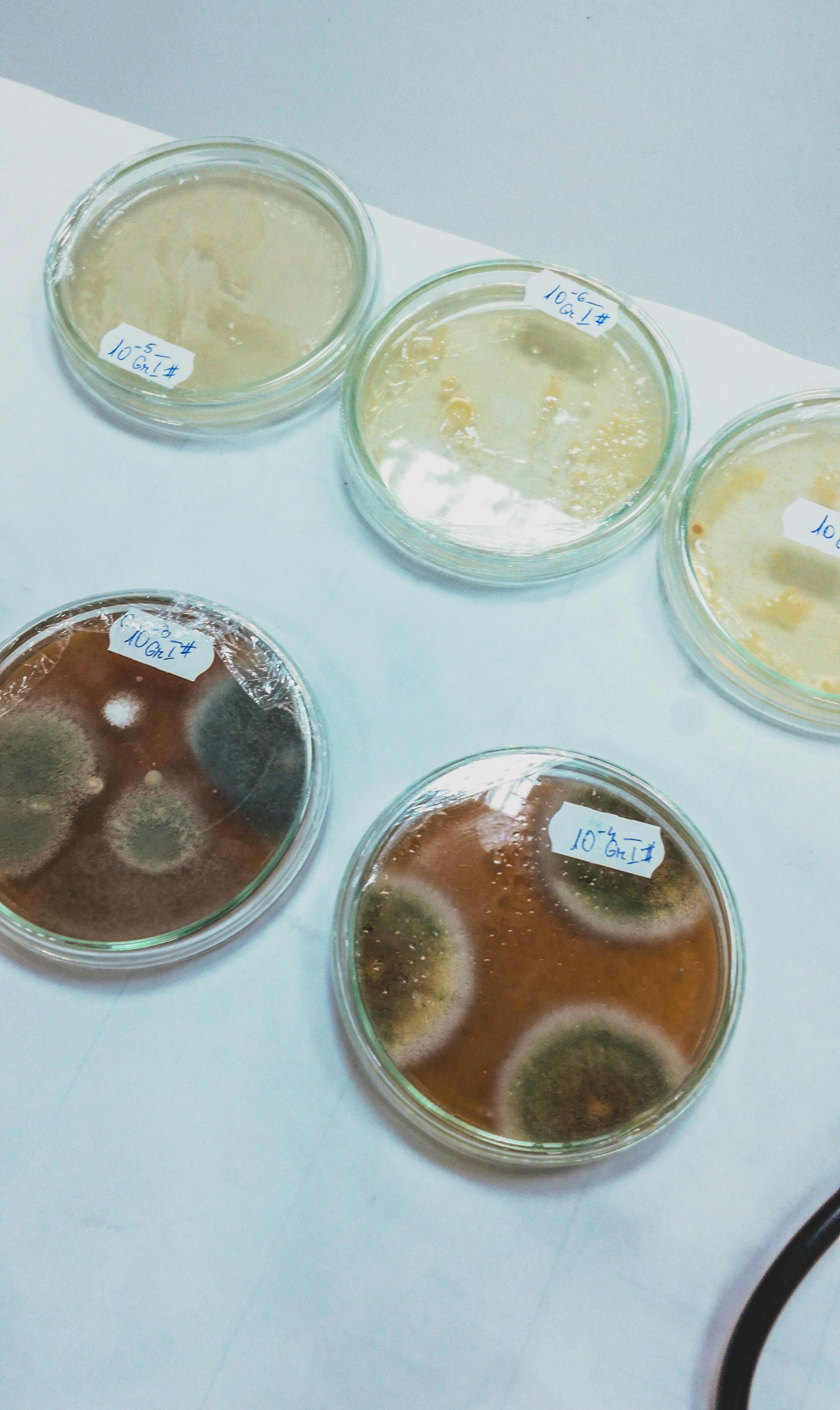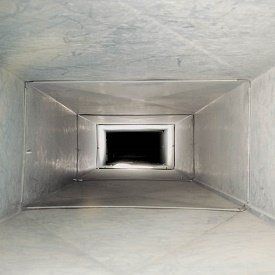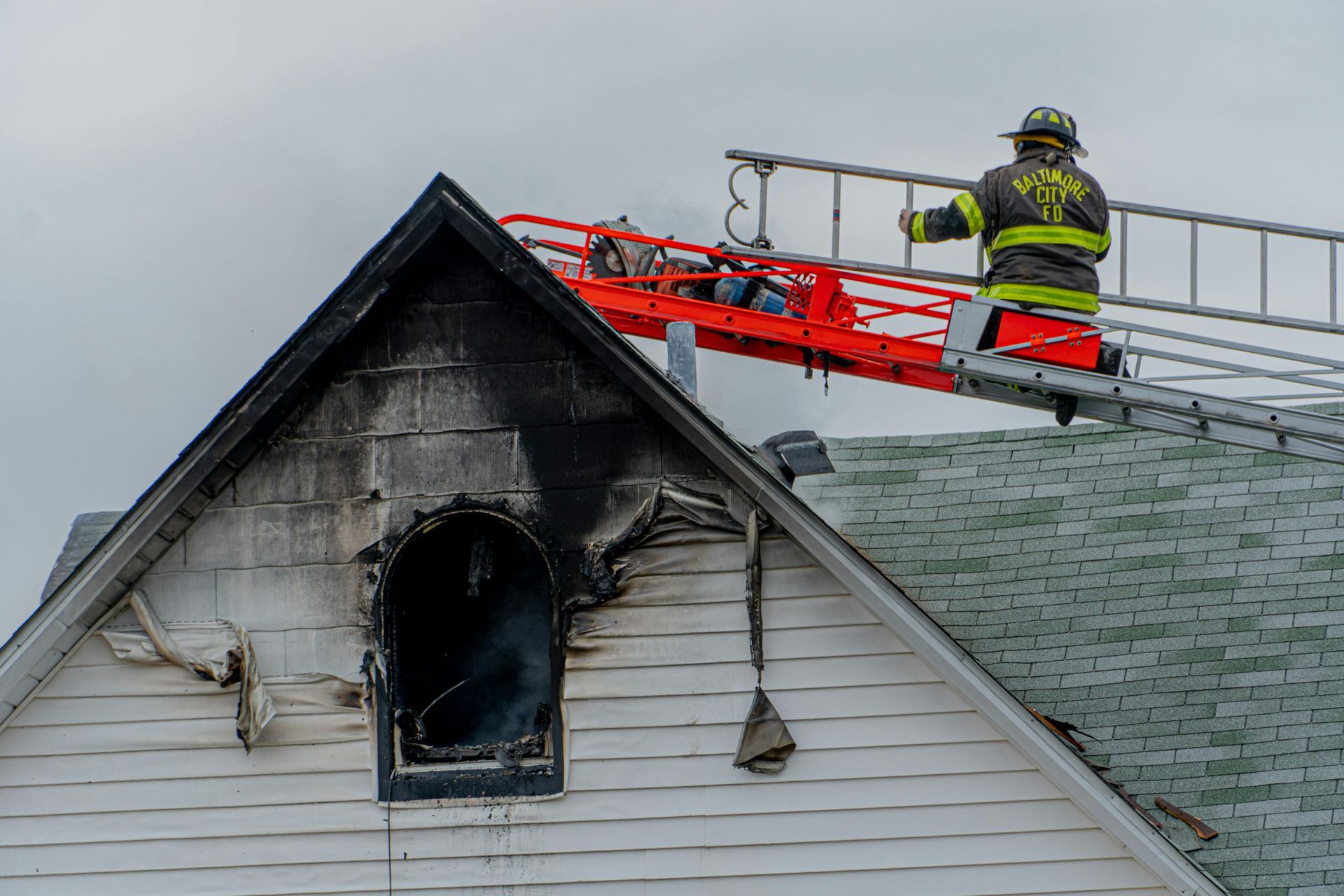Mold Testing in Framingham Split-Level Homes: PowerBees Finds High Penicillium and Aspergillus Levels
How Basement Moisture and Past Plumbing Leaks Create Ideal Conditions for Mold Growth

Mold Testing in Split-Level Homes: Why Framingham, MA Homeowners Should Take Action
Split-level homes built in the mid-20th century remain popular throughout Massachusetts, but their design can present unique challenges when it comes to indoor air quality. PowerBees, a leading indoor air quality company, recently conducted mold testing in a Framingham home built in the 1960s. The home had a history of basement moisture, occasional flooding, and a recently repaired leak—all conditions that can lead to the growth of harmful mold species such as Penicillium, Aspergillus, and even Stachybotrys. The results highlight why regular testing for mold is an essential step for protecting health and maintaining a safe living environment.
Basement Moisture and Mold Growth in Split-Level Homes
The Framingham homeowner reported ongoing moisture issues in the basement, including prior flooding and seepage. A failed sump pump allowed water to accumulate over time, creating the perfect conditions for mold growth. In July, a new sump pump and a French drain were installed to improve drainage, but by then, mold had likely already taken hold on basement contents and the first-level floor joists.
Basements in
split-level homes are particularly susceptible to moisture because they are partially below grade and often have less natural ventilation. Without adequate dehumidification and drainage, humidity levels can rise, encouraging mold colonies to grow on wood, drywall, and other porous materials. Even when repairs are made, airborne mold spores can linger and circulate throughout the home’s HVAC systems, making professional
mold testing critical.
Mold Testing Performed by PowerBees
On September 26, PowerBees collected five non-viable air samples to evaluate the home’s indoor air quality. Samples were taken from key locations:
- The front upper-level bedroom
- The lower-level bedroom
- The lower-level laundry room
- The lower-level utility room
- Outside the home for comparison
The results revealed very high levels of airborne Penicillium/Aspergillus spores in both bedrooms, the laundry room, and the utility room. The presence of these spores in sleeping areas and utility spaces suggests that mold contamination was not confined to the basement. Spores were likely traveling through air currents and potentially through the HVAC system, distributing allergens and irritants throughout the living spaces.
Health Risks Linked to Penicillium, Aspergillus, and Stachybotrys
Mold is more than just an unsightly nuisance—it can pose serious health risks, particularly for sensitive individuals.
- Penicillium: Commonly found in water-damaged buildings, Penicillium spores can trigger allergic reactions, asthma flare-ups, and respiratory irritation.
- Aspergillus: This mold genus contains species that can cause infections in people with weakened immune systems and exacerbate breathing problems in those with asthma or chronic lung conditions.
- Stachybotrys (often called “black mold”): Although not detected in this specific Framingham case, Stachybotrys can release mycotoxins linked to coughing, chronic sinus issues, and headaches when moisture persists.
Children, older adults, and anyone with existing respiratory issues are at higher risk. Symptoms may include coughing, wheezing, nasal congestion, eye irritation, or more severe respiratory distress if mold levels remain unchecked.
How Mold Travels Through HVAC Systems
One reason
mold testing is so important in split-level homes is the potential for
mold in HVAC systems. Once spores become airborne, they can be drawn into return vents and distributed throughout the house. Attic-based HVAC systems are especially vulnerable because they are closer to outside ventilation points where pollen, dust, and debris can enter. If moisture builds inside ductwork, spores may settle and grow, creating a continuous source of airborne mold.
Testing both the air and the HVAC system with
air samples and
lift-tape samples ensures that contamination is properly identified and addressed.
Moisture Control Is Key to Prevention
In the Framingham home, the installation of a new sump pump and French drain was an important step toward moisture control. However, even with improved drainage, ongoing vigilance is needed. Homeowners should:
- Maintain proper grading around the foundation to divert water away from the home.
- Use dehumidifiers in basements and lower levels to keep humidity below 50 percent.
- Inspect HVAC systems and ductwork regularly for leaks and condensation.
- Schedule professional
mold testing if musty odors, visible mold, or unexplained respiratory issues arise.
By controlling moisture and regularly testing, homeowners can reduce the chance of hidden mold growth and protect their indoor air quality.
PowerBees’ Mold Testing Process
PowerBees uses industry-standard methods to detect and quantify mold contamination.
Air samples capture spores circulating in the air, while
lift-tape samples can be applied to surfaces to identify mold growth directly. These tests provide valuable data to determine the type and concentration of mold present and help guide remediation efforts.
As a leading indoor air quality company, PowerBees combines professional expertise with advanced testing equipment to ensure accurate results. Their work allows homeowners to make informed decisions about remediation and ongoing prevention.
Historical Notes About Framingham, MA
Framingham has a long and interesting history that underscores the importance of maintaining its housing stock. Settled in the mid-1600s, the town played a role in early colonial life and later became a hub of industry and education. In the 19th century, Framingham was a stop on the Underground Railroad and a meeting place for abolitionist leaders. Today, its blend of historic homes and mid-century construction—like the 1960s split-level featured in this case—creates unique challenges for maintaining healthy indoor environments. Older homes, in particular, may have outdated drainage systems, aging HVAC equipment, and structural elements that require careful monitoring for moisture and mold.
Protecting Indoor Air Quality for Framingham Families
This Framingham case illustrates how hidden moisture problems can create conditions for serious indoor air quality issues. Even after installing a new sump pump and addressing plumbing leaks, the home showed
very high levels of Penicillium and Aspergillus spores in multiple rooms. Without professional testing, these elevated spore counts could have gone unnoticed, putting residents at risk of ongoing respiratory irritation and allergic reactions.
For homeowners, especially those living in older split-level homes, scheduling
mold testing with a trusted provider like PowerBees is an important part of maintaining a safe and healthy environment. Testing identifies hidden problems, guides effective remediation, and provides peace of mind that the air your family breathes is clean and safe.
📞 Call PowerBees today at 1-508-276-8288 to schedule a mold testing appointment


















